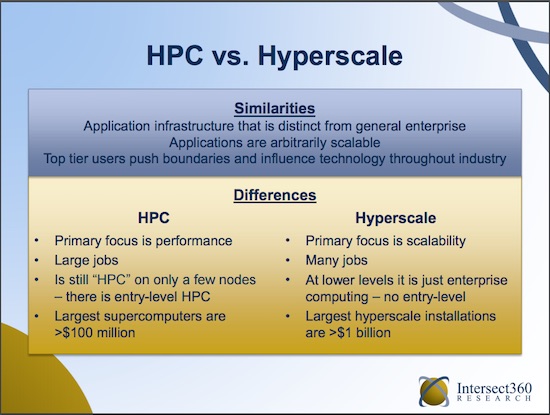
Addison Snell, Intersect360 Research
In this video from the 2016 Stanford HPC Conference, Addison Snell from Intersect360 Research presents: HPC and Hyperscale Trends for 2016.
In this talk, Intersect360 Research returns with an annual deep dive into the trends, technologies and usage models that will be propelling the HPC community through 2016 and beyond. Emerging areas of focus and opportunities to expand will be explored along with insightful observations needed to support measurably positive decision making within your operations.
“Intersect360 Research has tracked “ultrascale internet” as an HPC segment since 2007, looking at the consumption of scalable technologies by companies like Google, Microsoft, and Facebook. Today many other companies are involved, including Chinese giants like Baidu, Alibaba, Tencent, and Qihoo, but beyond that, hundreds of other companies are part of this growing market. Going forward, we are tracking hyperscale as the deployment of web-scale application infrastructures that are independent from normal enterprise operations, with examples in social media, retail, telecom, transaction processing, and more. There is still significant influence between HPC and hyperscale, in both directions, most notably in the areas of cognitive computing and artificial intelligence, where research at some of the top hyperscale companies leads the field.
According to Snell, standards like Open Compute Project, OpenStack, and Beiji/Scorpio also can drive acquisition decisions at traditional HPC-using organizations. “Big data and analytics also transcend both HPC and hyperscale, driving I/O scalability in both markets.”





